An ancient Greek philosopher, Heraclitus, once said, 'No man ever steps in the same river twice, for it's not the same river, and he's not the same man.' This quote resonates deeply with the challenge of how to move an aquarium.
Just as a river's flow is ever-changing yet constant, so too is the environment within your aquarium—a dynamic system that requires proper care and consideration during a move.
In the United States alone, an estimated 13 million households are proud owners of freshwater or saltwater aquariums. Yet, despite their prevalence, moving these delicate ecosystems from one home to another can frighten even the most seasoned aquarium enthusiasts.
According to industry surveys, moving is cited as one of the top five reasons aquariums are given up or sold.
In this blog, we will provide a detailed, step-by-step guide that covers everything from the initial preparations to the post-move adjustments. With the right approach, you can relocate your aquatic environment with minimal stress on both you and your fish.
Detailed Preparation Steps
How to Move an Aquarium starts long before moving day. Two to three weeks in advance, begin preparing your aquarium for the transition:
1. Assess the Health of Your Aquarium
Gauge the health of your fish, plants and other inhabitants. Any illnesses should be addressed sooner rather than later, as the stress of moving tends to magnify existing health problems.
Start acclimating your fish to transport conditions by slowly changing their water to match the conditions in which they will be transported.
2. Plan Your Tank Layout
Photo or sketch your present tank assembly to make reassembly simpler wherever you may be going.
Parts and Tools Tagged This will help in keeping track of where everything belongs and ease setup because we are always worried that something was forgotten.
Equipment and Supply List
Create an inventory of moving supplies specific to aquariums will smoothen the entire process:
Fish Containers: Use durable, sealable, and large enough for unrestricted movement. Fish should be in special oxygen fish bags, especially if you need to travel them over long distances.
Water Containers: Keep extra 5-gallon clean buckets ready to be transferred from the tank water supply. It is important to keep your biological filter intact.
Siphon and Air Pump: These 2 will help remove water from the first tank without molding up the substrate and give oxygen to fish during transport.
Moving Blankets and Insulation: The most important thing you can do to protect the tank and keep everything running smoothly. Proper use of moving blankets includes tank wrap & tape to prevent sliding, which could scratch or crack the glass.
Step-by-Step Moving Day Procedures
1. Tank Disassembly
Safely Remove Your Fish: Place your fish in the containers filled with old tank water that you prepared. This helps minimize shock.
Remove Water: Collect water into your sterile containers. For a short distance, save as much water as you can so that the biological equilibrium does not get disturbed.
Equipment and Substrate: Remove heaters, filters, pumps, and decorations. Place undressed live plants in a wet newspaper and then in an airtight bag.
2. Transportation
Confirm the car is primed for the aquarium layout, locate a spot free from airbags and protect a flat surface. Moving blankets will also help reduce vibration and maintain a consistent temperature. In really cold or hot weather conditions, you can substitute moving blankets with specialized cargo blankets made for thermal control.
3. Acclimation and Setup at New Location
Use your sketches or photos to re-create the set-up as best you can.
Carefully reintroduce the saved water, and then gradually add fresh treated dechlorinated tap to top off the rest of the tank.
Be sure to test water parameters like temperature, pH and ammonia levels 2 or 3 times over the first few days, altering as needed to maintain a stable environment for your aquatic life.
Post-Move Care and Maintenance
Post-move care is crucial. Stress from the move can lead to delayed effects on fish health:
Watch for Signs of Stress in Fish: Lethargy, non-eating, and hiding are common. Provide a quiet environment to help them adjust.
Test Water Parameters Regularly: Maintain a strict schedule for testing and adjusting water conditions in the weeks following the move.
Gradual Reintroduction to Normal Care Routines: Resume regular feeding, cleaning, and maintenance schedules once your fish appear to have adjusted to their new environment.


















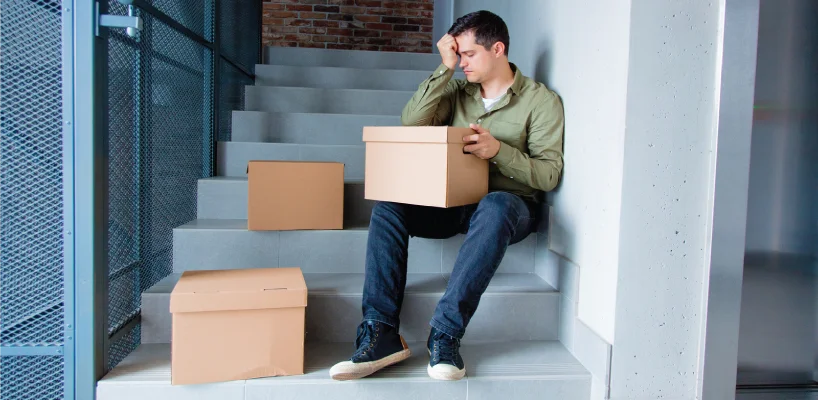









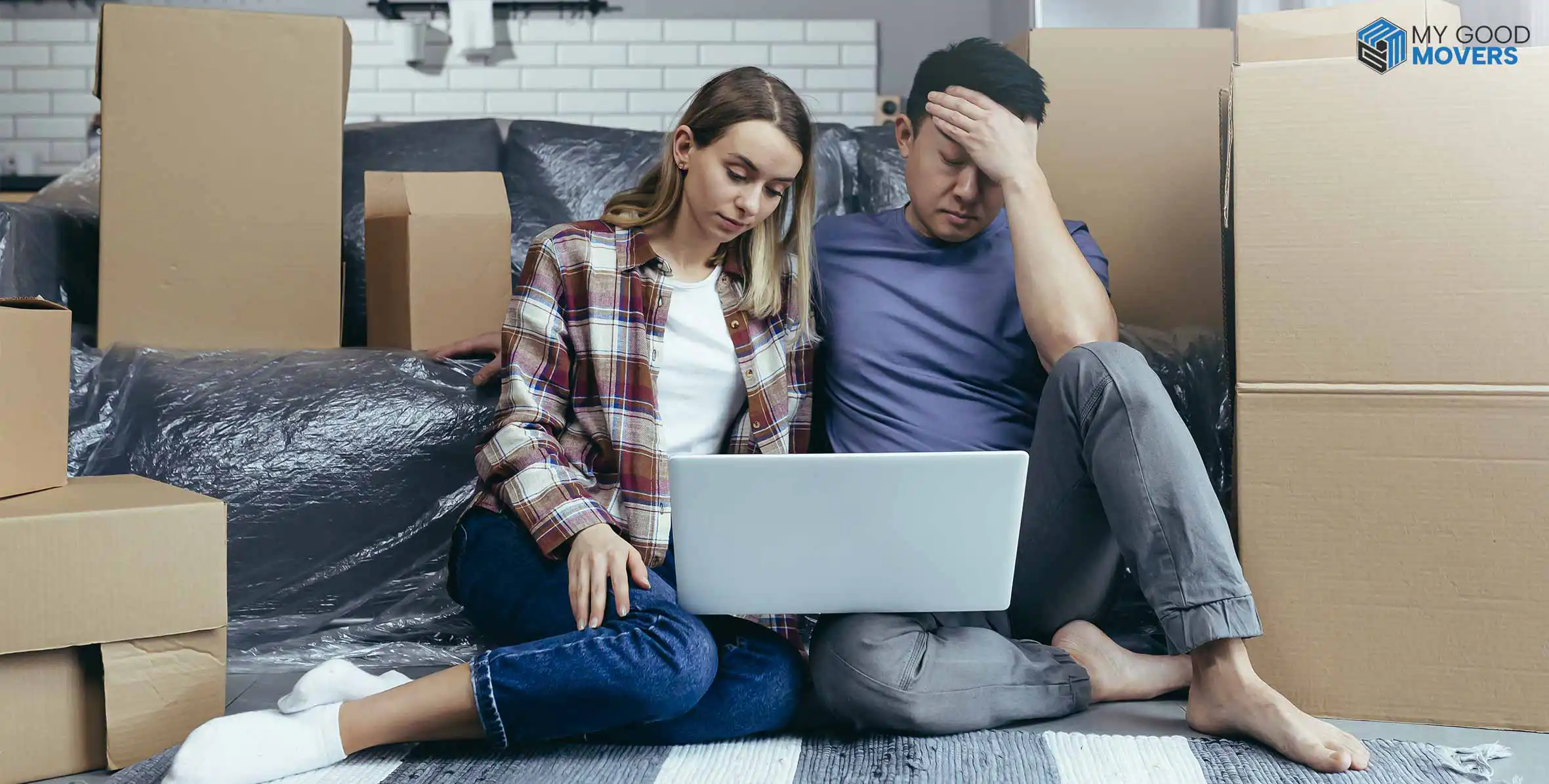


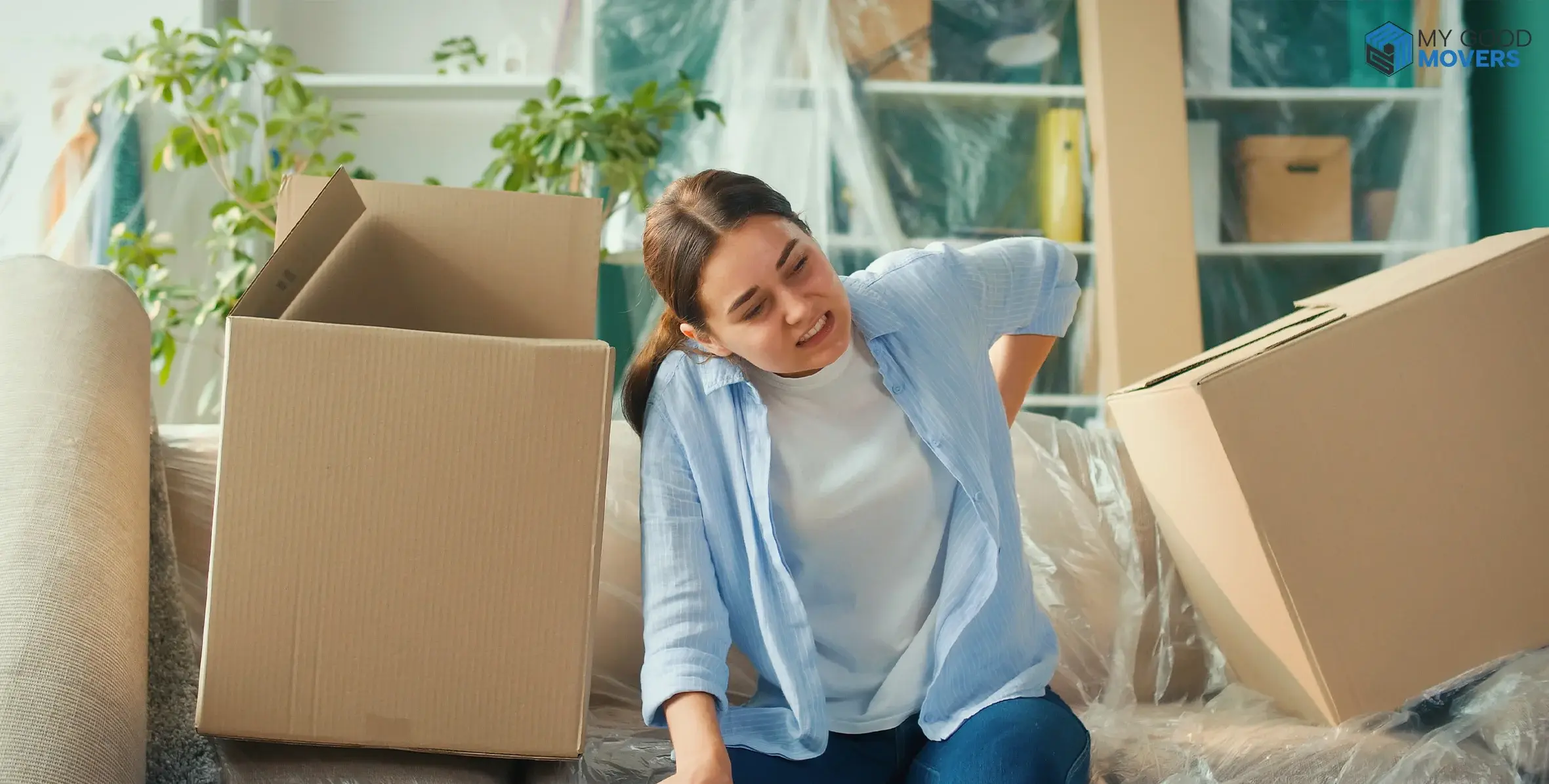



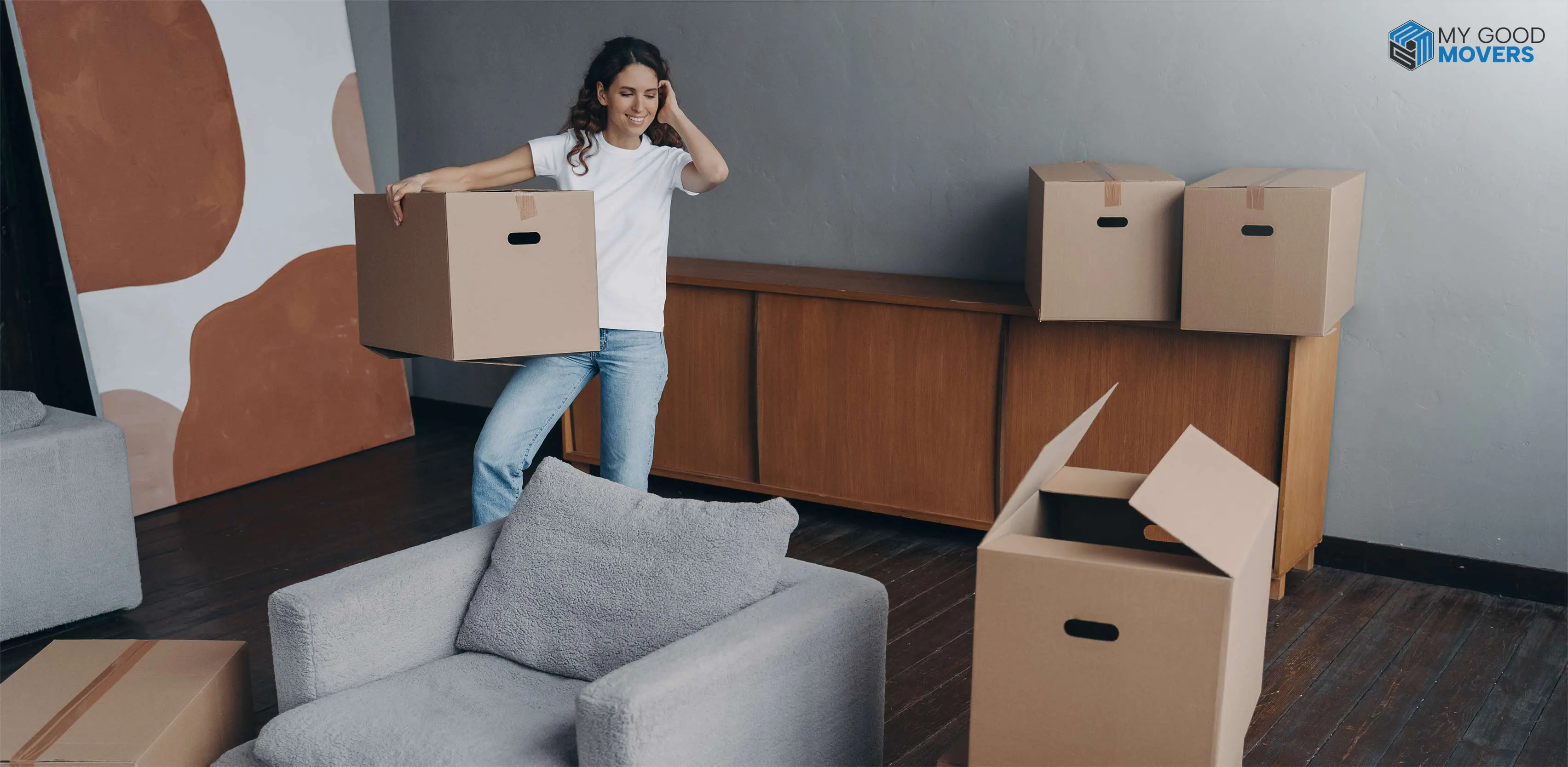



















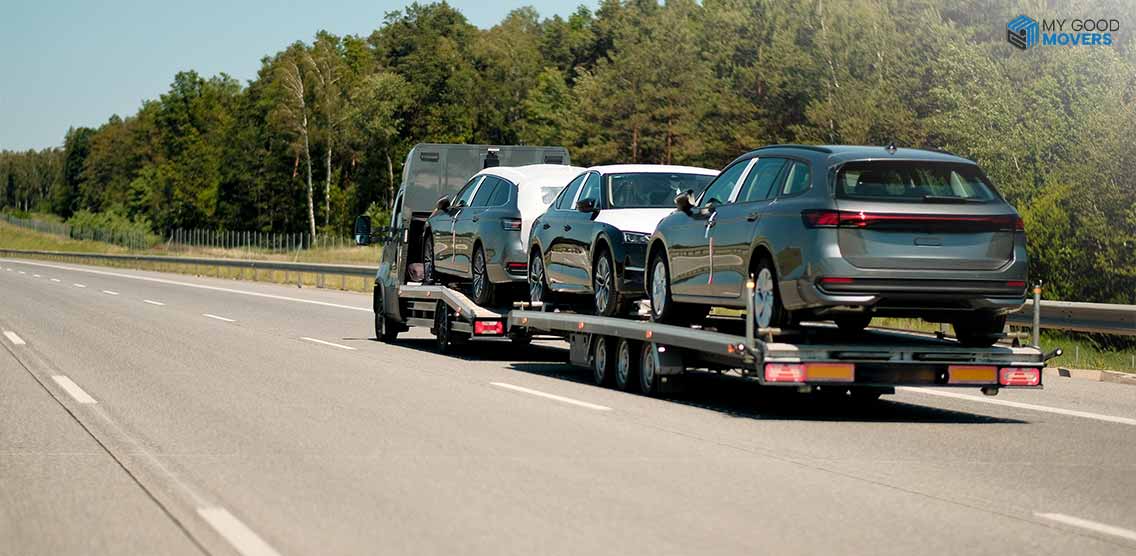

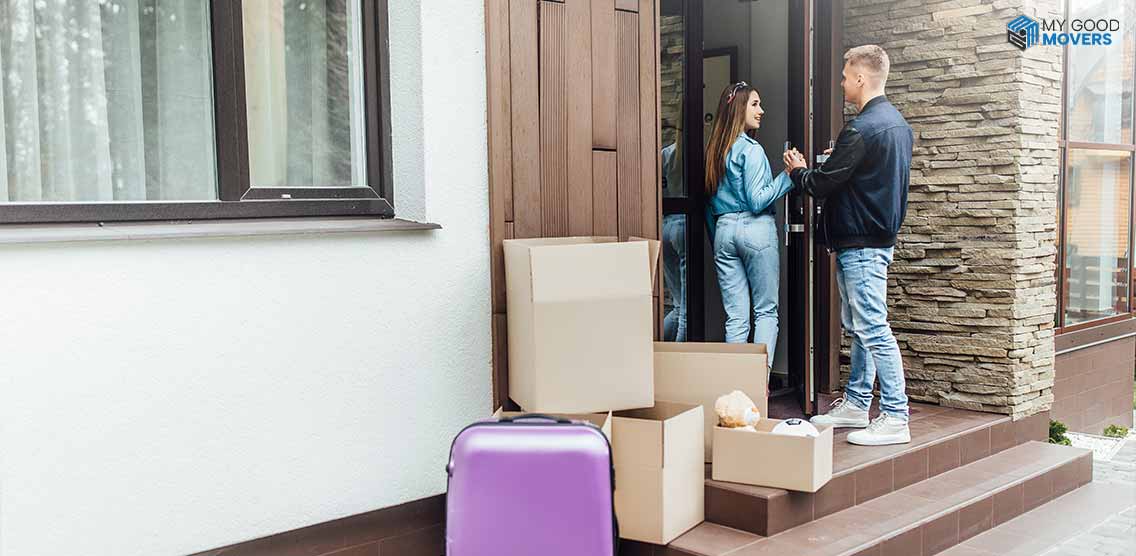

























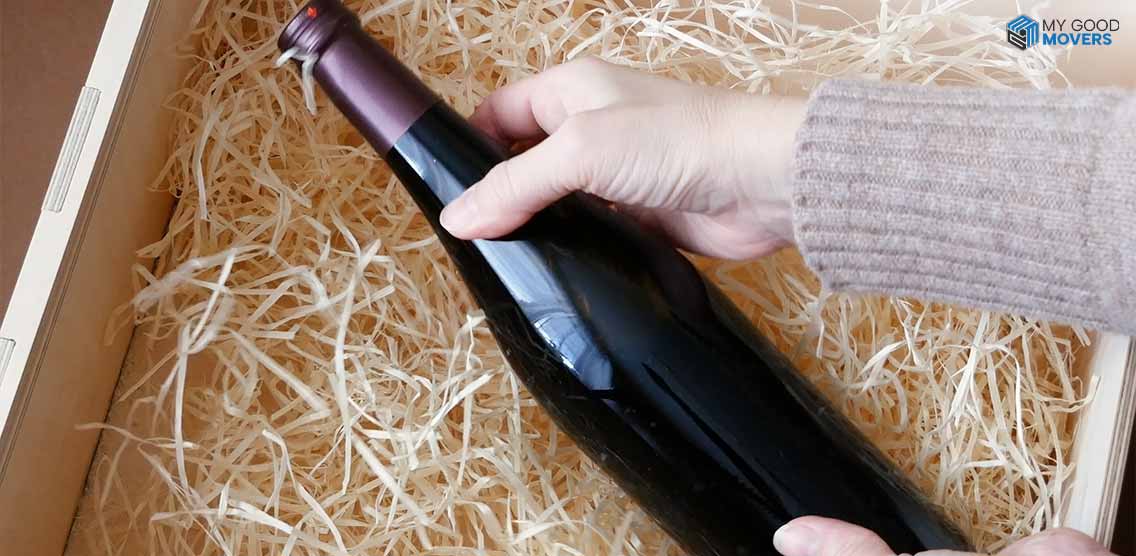
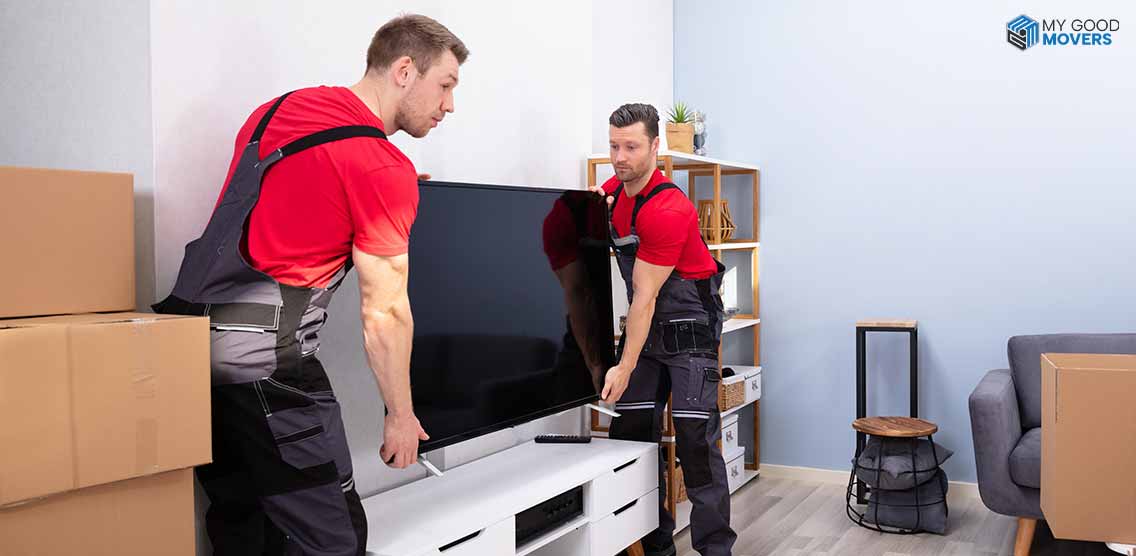





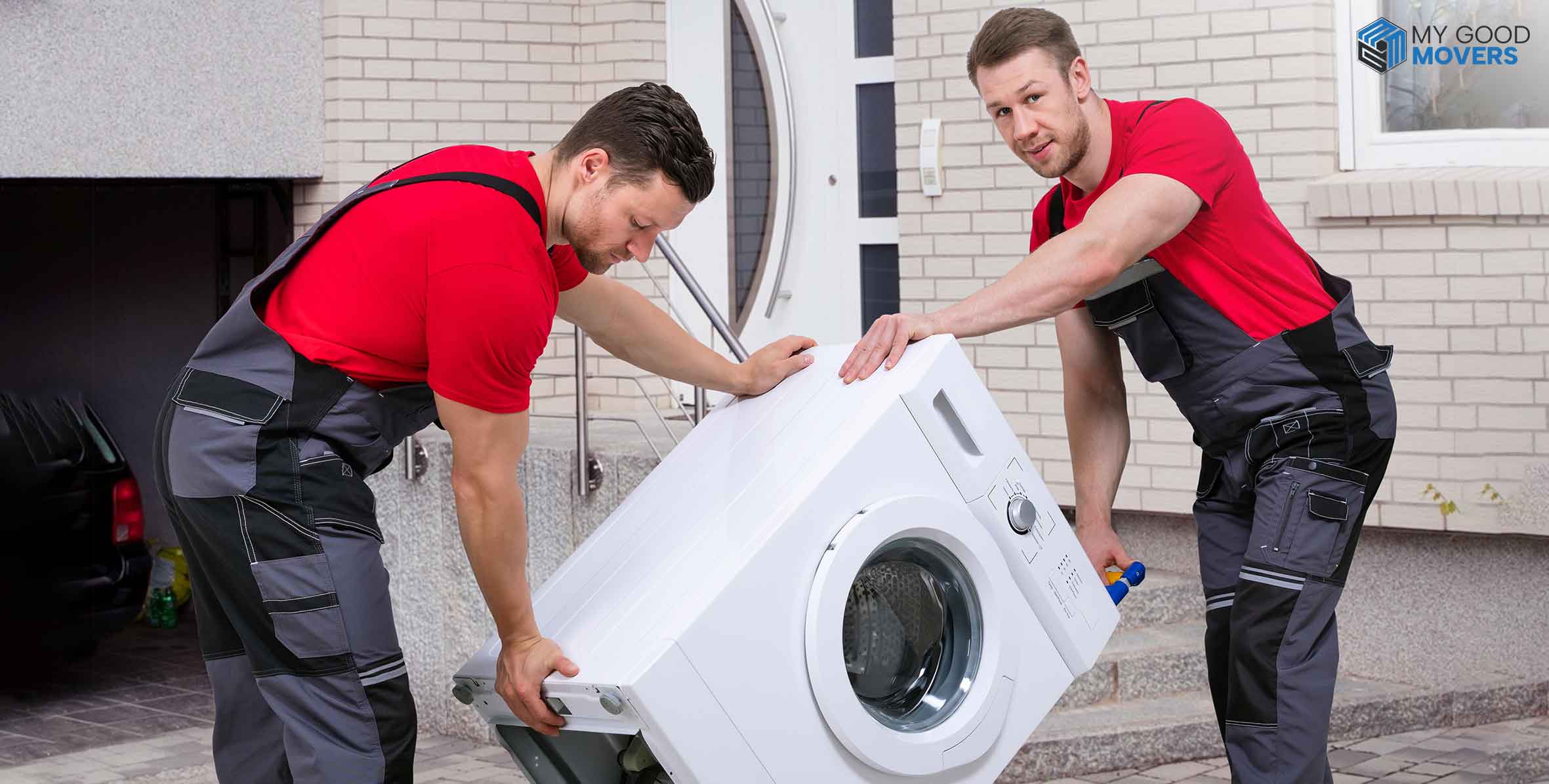





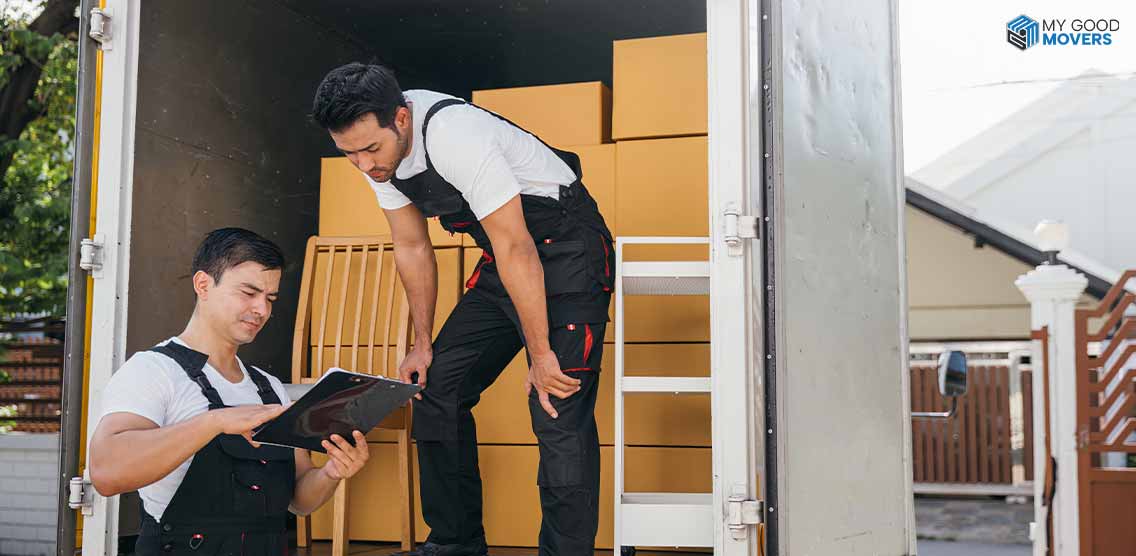

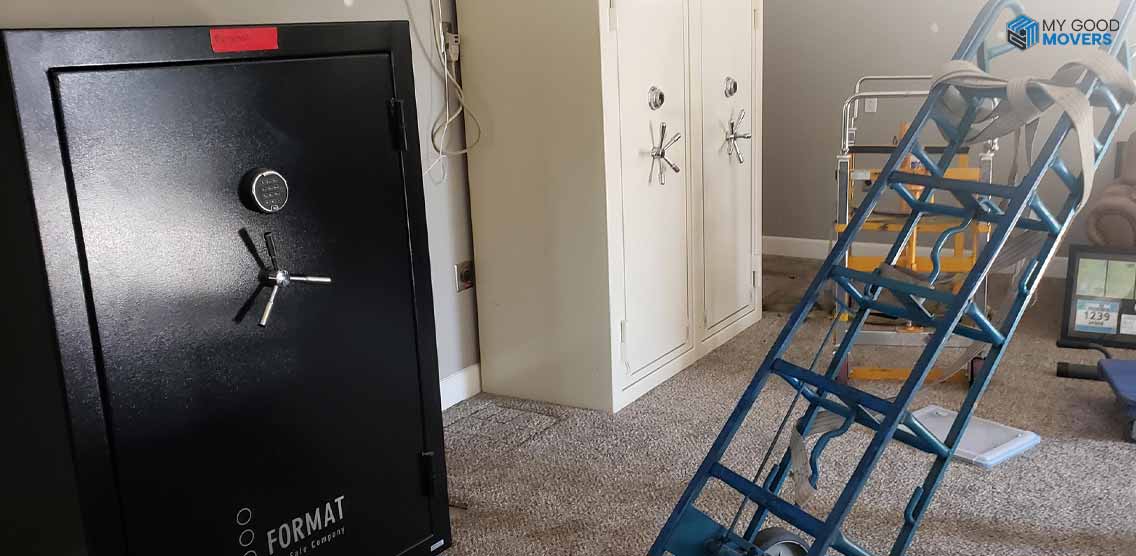







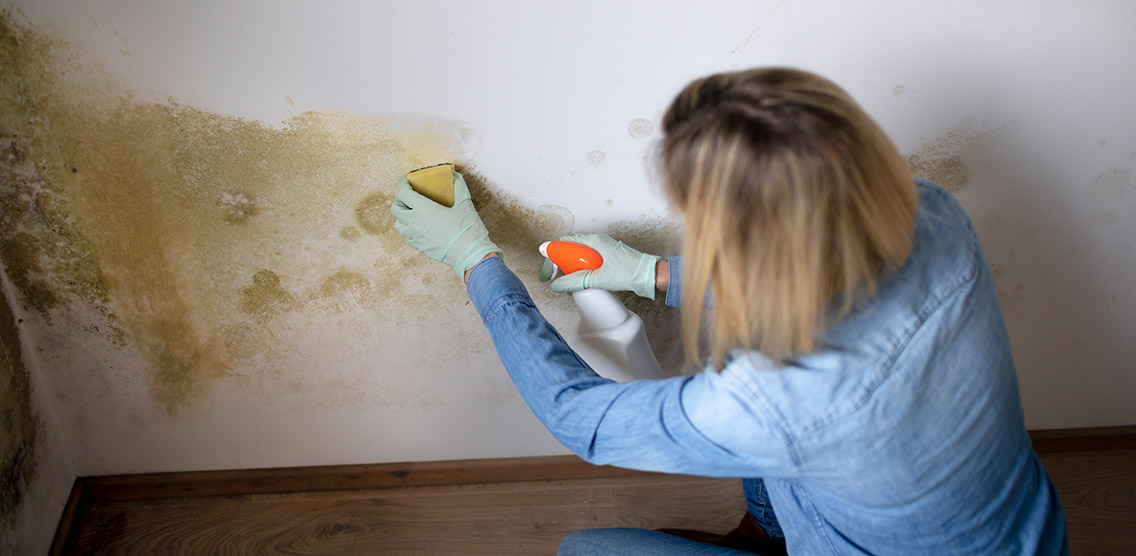

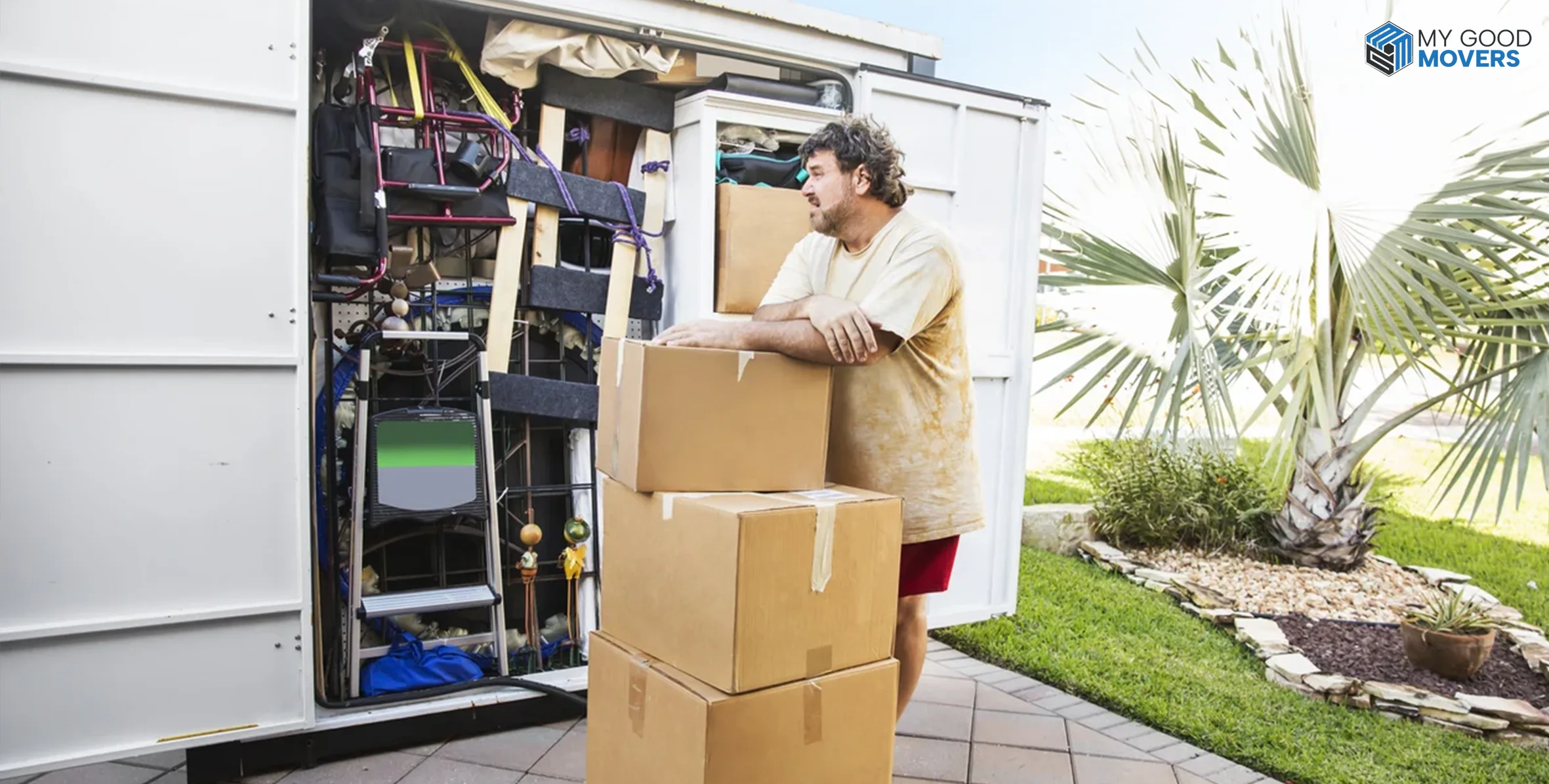



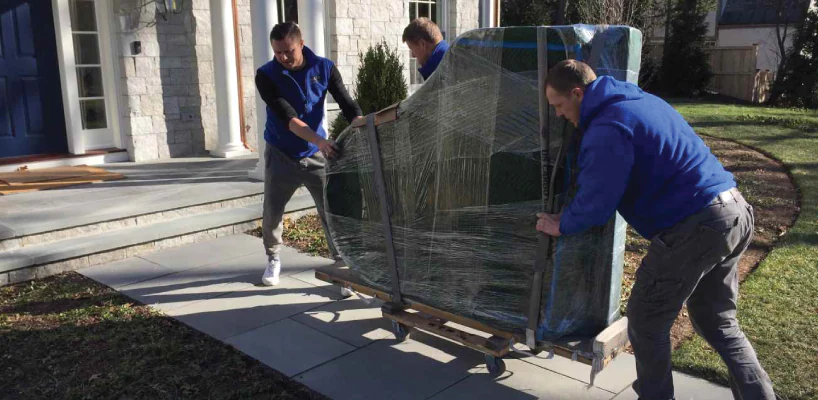



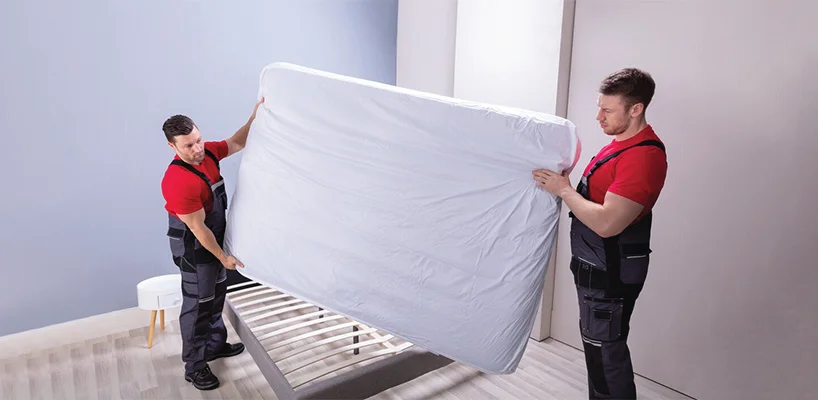
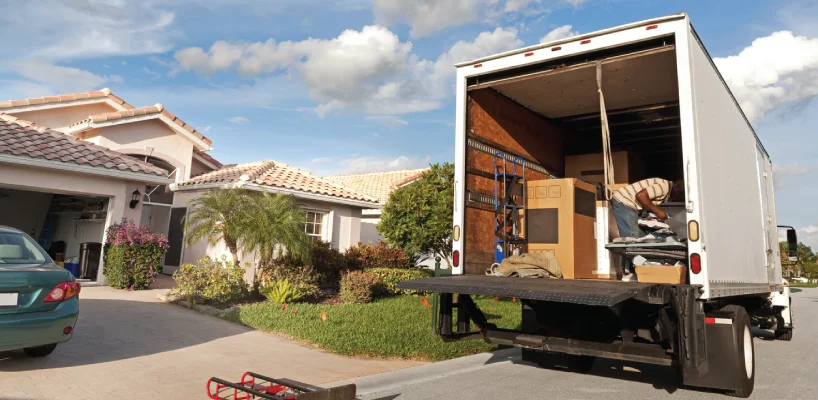




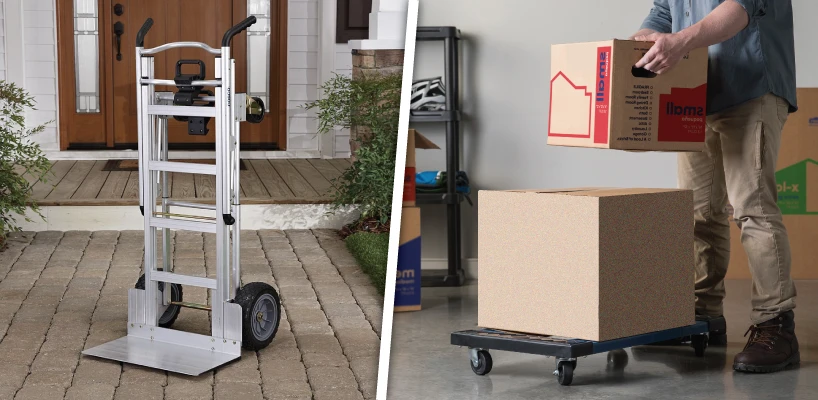
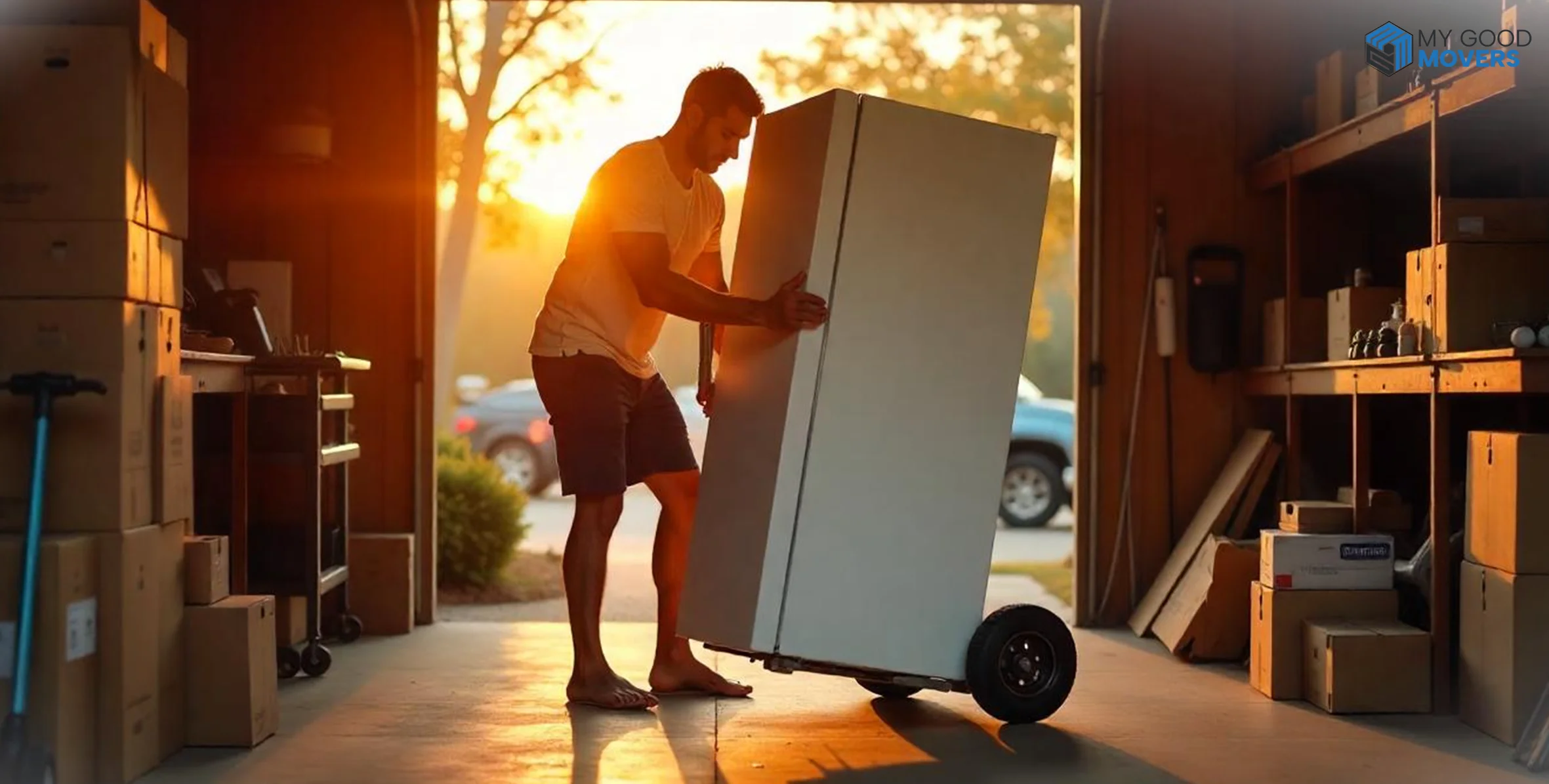
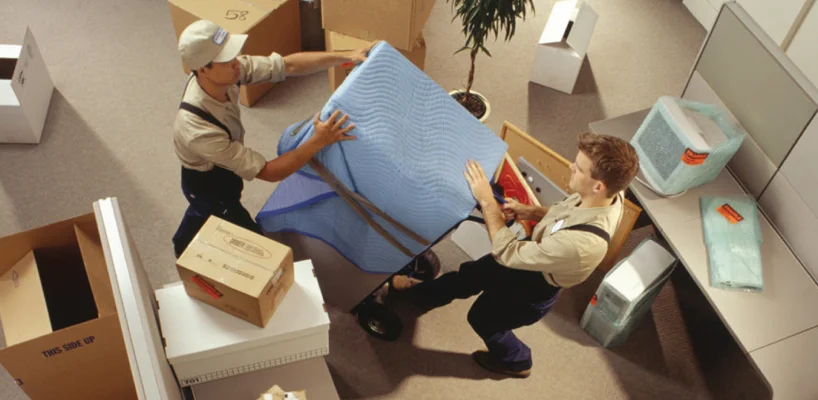





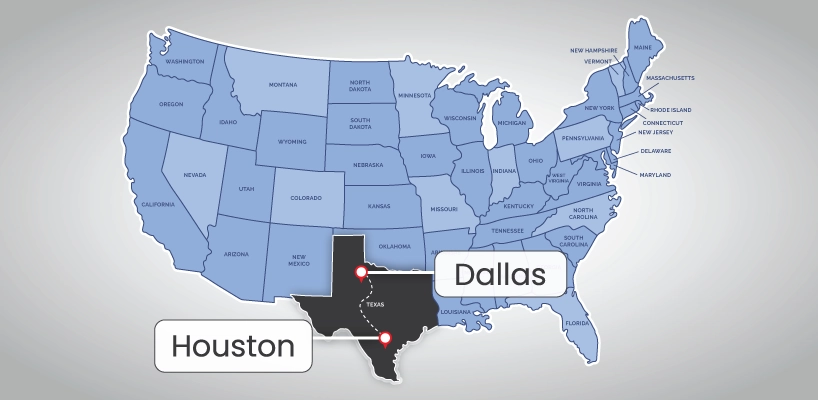



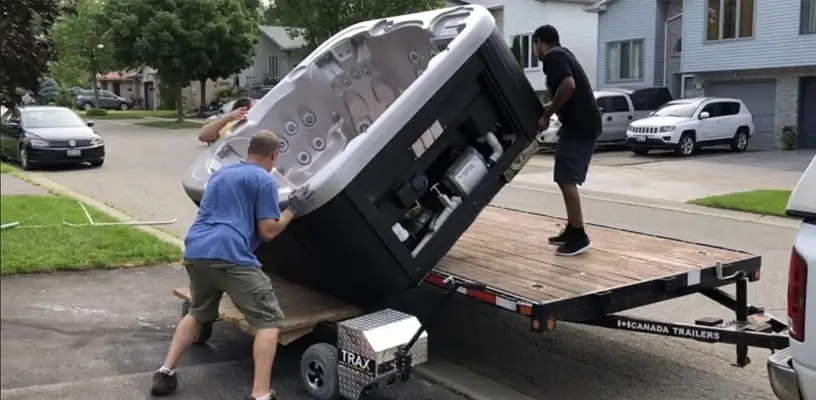




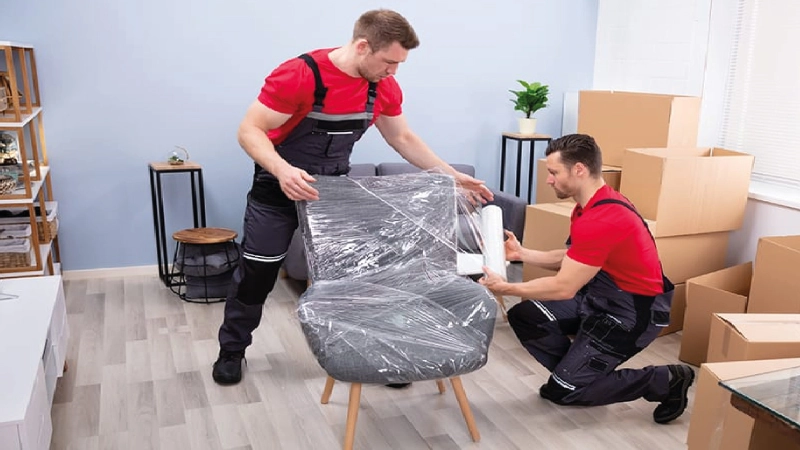

 (239) 799–6077
(239) 799–6077